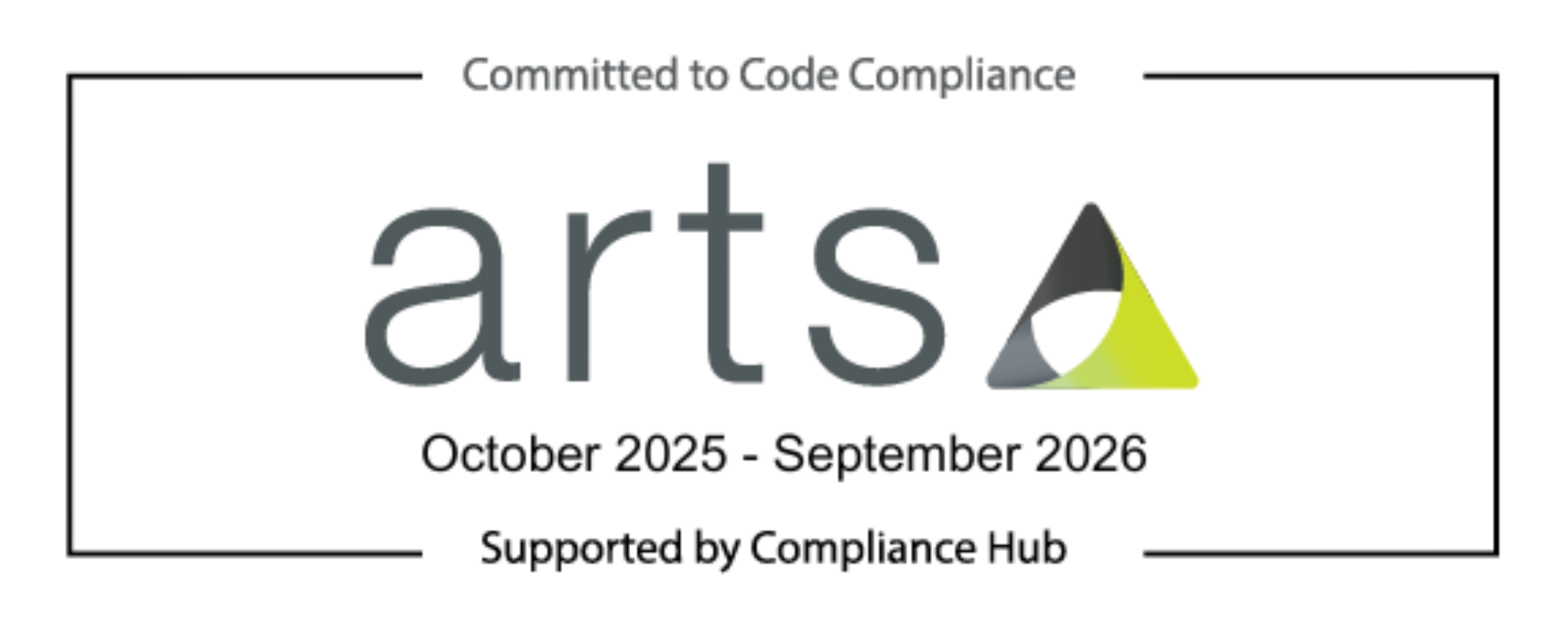Core20PLUS5 two years on: what is pharmacy’s role?
With the Covid-19 pandemic shining a light on how deeply healthcare inequality runs through our society, the impact it has on how people access (or don’t) services, and how it leads to variations in experiences of care, Core20Plus5 was established as an NHS England approach to reduce health inequalities. Initially launched for adults in 2021, and a year later for children and young people, a recent report from Optum suggested that there is space for an enhanced role in health equity for pharmacy professionals. So, what does this look like?
Firstly, as a reminder, Core20PLUS5 is broken down as follows:
Core20 refers to the most deprived 20% of the national population as defined by the Index of Multiple Deprivation and the seven domains of deprivation:
-
Income deprivation
-
Employment deprivation
-
Education, skills and training deprivation
-
Health deprivation and disability
-
Crime
-
Barriers to housing and services
-
Living environment deprivation
PLUS is the requirement to identify populations on a local level. These populations could include ethnic minority groups, people with a learning disability and people with autism, people with multiple long-term health conditions. It would be expected to also consider inclusion health groups, such as people experiencing homelessness, vulnerable migrants, sex workers, and people in contact with the justice system.
5 is the five clinical areas of focus identified as needing accelerated focus. In adults these five areas are:
-
Maternity
-
Severe mental illness (SMI)
-
Chronic respiratory disease
-
Early cancer diagnosis
-
Hypertension case-finding and optimal management and lipid optimal management
In children and young people, they are:
-
Asthma
-
Diabetes
-
Epilepsy
-
Oral health
-
Mental health
In terms of the role pharmacy can have in this space, the RPS Tackling Health Inequalities report in early 2023 set it out well: ‘Every pharmacy team in every sector of pharmacy already supports people to live healthy lives and to get the best from their medicines’. It’s a case of building on this to ensure the whole population – especially those traditionally underserved – can access pharmacy services.
The starting point to this is truly understanding the people you serve, and those that you should be serving but aren’t seeing – and unpicking why you’re not seeing them. For example, what barriers are preventing them from accessing pharmacy service – whether community, general practice, or hospital?
Once you understand your population and the barriers preventing universal access, you can explore how to begin breaking the barriers down. For example, if you have a high proportion of your population who don’t have English as a first language, or a lot of people with poor literacy skills, what could your service do to ensure comprehension of vital information? This is something Clinical Pharmacy Congress speakers such as Ghalib Khan from Written Medicine have explored in recent years.
Or perhaps you identify an internal barrier in the way you or your teams work – perhaps a lack of confidence in how to approach certain conversations, such as discussing mental health medication in structured medication reviews. This is a topic we will be exploring this year with Kuljit Nandhara, Deputy Chief Pharmacist and Head of Pharmacy Mental Health Services at Nottinghamshire Healthcare NHS FT and colleagues.
Perhaps improving the health of people who have learning disabilities and autism has been identified as part of your Core20PLUS5 work locally. This will be another topic of conversation with colleagues from the Southeast London ICB Learning Disability & Autism, STOMP/STAMP Programme at CPC this year.
System-wide working, understanding of each other’s challenges and ways of working, and collaboration are perhaps the final parts to this jigsaw puzzle – enabling the provision of the right services in the right place for people to access.
What do you think – two years on, are we going in the right direction still? What barriers – both internal and external – are still there? And how can we break them down?
More information:
https://www.rpharms.com/Portals/0/RPS%20Tackling%20Health%20Inequalities.pdf


 London
London


